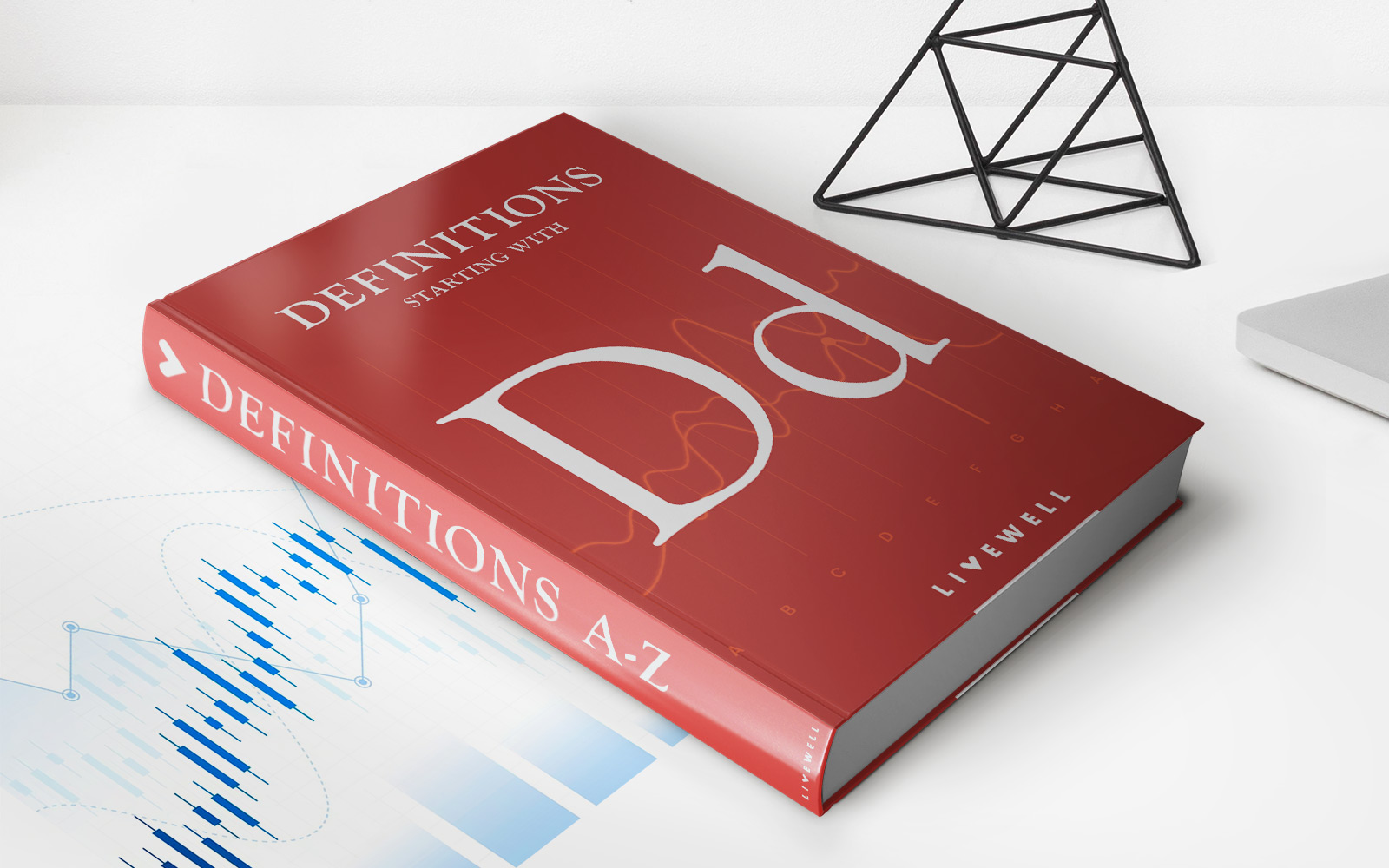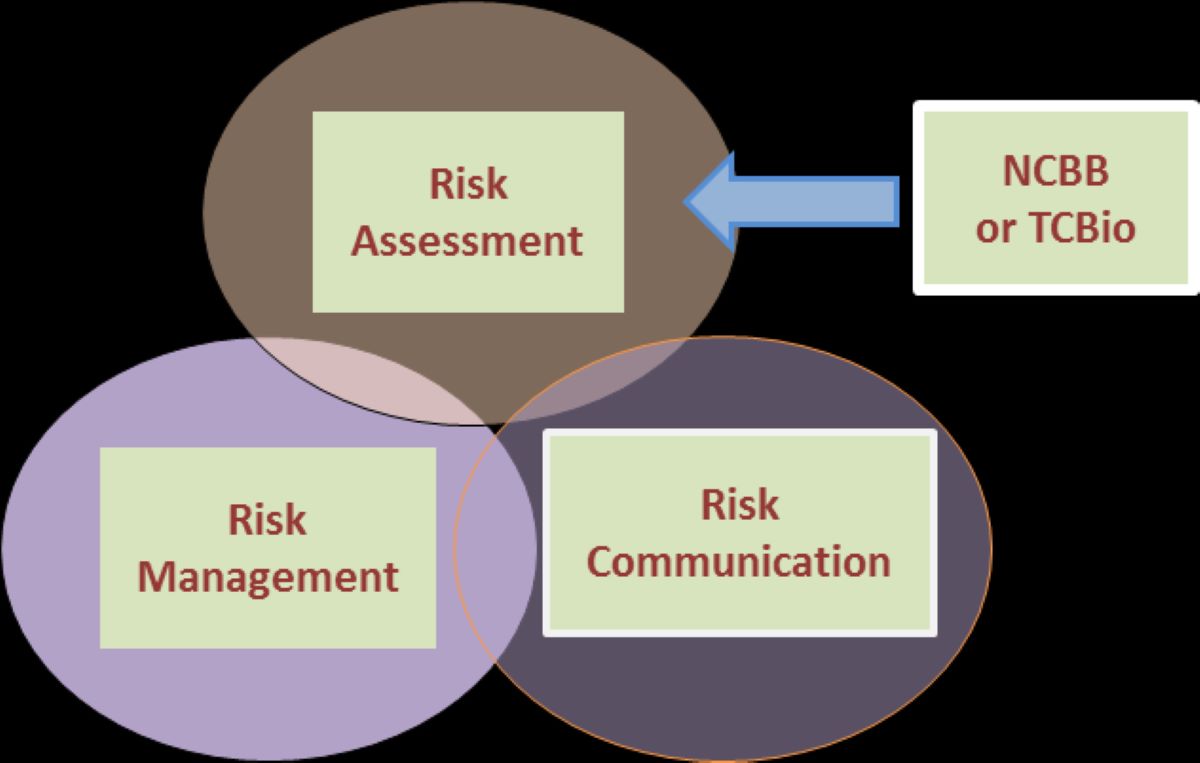

Finance
What Are The Three Types Of Credit?
Published: January 9, 2024
Discover the three different types of credit and how they can impact your personal finances. Explore the world of finance and gain a deeper understanding of credit.
(Many of the links in this article redirect to a specific reviewed product. Your purchase of these products through affiliate links helps to generate commission for LiveWell, at no extra cost. Learn more)
Table of Contents
Introduction
In the world of personal finance, credit plays a crucial role. It allows individuals to access funds for purchases, emergencies, and investment opportunities. However, not all forms of credit are the same. Understanding the different types of credit available is essential for making informed financial decisions and managing debt effectively.
When it comes to credit, there are three main types that individuals should be aware of: revolving credit, installment credit, and non-revolving credit. Each type of credit has its own characteristics, terms, and repayment structures. By understanding the differences between these types, individuals can make better decisions on how to utilize credit and manage their financial well-being.
Whether you’re seeking a credit card, an auto loan, or a mortgage, having a solid understanding of the various credit types can help you choose the right product for your specific needs and circumstances.
In this article, we will explore each of the three types of credit in detail, providing insights into their features, benefits, and considerations. From revolving credit that offers flexibility and convenience to installment credit that allows for predictable monthly payments to non-revolving credit that provides capital for major purchases, let’s dive into the world of credit and explore the options available.
Type 1: Revolving Credit
Revolving credit is a type of credit that allows individuals to borrow money up to a specified credit limit. Unlike installment credit, which has a fixed repayment schedule, revolving credit offers flexibility in terms of how much you borrow and how you repay.
The key feature of revolving credit is the ability to reuse funds as you pay off the debt. For example, if you have a credit card with a $5,000 limit and you charge $2,000, you will have $3,000 of available credit remaining. As you make payments on the debt, that $2,000 becomes available to borrow again.
One of the benefits of revolving credit is its convenience. With a credit card or a line of credit, you have access to funds whenever you need them, as long as you stay within your credit limit. This type of credit can be particularly useful for managing day-to-day expenses, making online purchases, or covering unexpected emergencies.
However, it’s important to use revolving credit responsibly. Since there is no fixed repayment schedule, it can be tempting to carry a balance for an extended period of time, leading to interest charges and potential debt accumulation. It’s crucial to make timely payments and avoid carrying a high balance on your revolving credit accounts to maintain a good credit score and avoid excessive interest costs.
Revolving credit can come in various forms, including credit cards, lines of credit, and retail store cards. Each has its own terms and conditions, annual fees, and interest rates. Some credit cards even offer rewards programs, cashback incentives, or introductory 0% APR periods, making them attractive options for responsible credit users.
While revolving credit offers flexibility and convenience, it’s essential to use it wisely. Make sure to budget accordingly, monitor your spending, and pay off your balances in full and on time to avoid unnecessary interest charges and maintain a healthy credit profile.
Type 2: Installment Credit
Installment credit is another common type of credit that individuals can utilize for various purposes, such as buying a car, financing a home, or funding education. Unlike revolving credit, installment credit involves borrowing a fixed amount of money and repaying it over a specific period of time through regular, predictable payments.
When you obtain an installment loan, such as a car loan or a mortgage, the loan amount is typically divided into equal monthly installments that include both principal and interest. The repayment term can vary depending on the loan agreement, ranging from a few months to several years.
One of the key benefits of installment credit is its structured repayment schedule. With fixed monthly payments, you can plan your budget and manage your expenses more effectively. This predictability can be advantageous for individuals who prefer to have a clear understanding of their financial obligations and want to avoid surprises.
Another advantage of installment credit is that it allows individuals to build credit history and improve their credit scores. As long as payments are made on time and in full, successfully managing installment credit can demonstrate responsible financial behavior and enhance your creditworthiness.
However, it’s important to carefully consider the terms of the installment credit before committing. Factors such as the interest rate, repayment period, and any additional fees or charges can significantly impact the overall cost of the loan. Be sure to compare different lenders and loan options to find the best terms that align with your financial situation.
Common examples of installment credit include auto loans, personal loans, student loans, and mortgages. Each type of loan comes with its own set of conditions and requirements. Prior to applying, it’s essential to assess your financial capabilities, understand the terms of the loan agreement, and evaluate whether the monthly payments fit within your budget.
By responsibly managing installment credit, you can not only finance important purchases but also establish a solid credit history, paving the way for future borrowing opportunities at more favorable terms.
Type 3: Non-Revolving Credit
Non-revolving credit refers to a type of credit that is typically used for specific purposes and cannot be reused once it is repaid. Unlike revolving credit and some types of installment credit, non-revolving credit does not offer the flexibility of borrowing again once the debt is paid off.
One of the most common forms of non-revolving credit is a personal loan. When you apply for a personal loan, you borrow a fixed amount of money and repay it over a predetermined period through fixed monthly installments. Once the loan is fully repaid, the credit line is closed, and you cannot borrow from it again without going through the application process once more.
Non-revolving credit is often used for significant expenses such as home renovations, medical bills, or consolidating high-interest debts. By utilizing non-revolving credit, individuals can access a lump sum of money to cover these expenses and then repay the loan over time.
It’s important to note that non-revolving credit usually comes with a predetermined interest rate and set repayment terms. Unlike revolving credit, you cannot choose to pay only the minimum amount due each month. Instead, you must adhere to the agreed-upon repayment schedule until the debt is fully paid off.
Non-revolving credit can be advantageous in certain situations. Since the terms are fixed, you can budget and plan your payments accordingly. Additionally, non-revolving credit may have lower interest rates compared to revolving credit, making it a more cost-effective borrowing option in many cases.
However, it’s important to carefully consider your needs and financial capabilities before taking on non-revolving credit. Determine whether the monthly payments fit comfortably within your budget and ensure that you will be able to meet the repayment obligations without causing financial strain.
Examples of non-revolving credit include personal loans, student loans, auto loans, and mortgages. Each type of loan has specific requirements and terms that you should thoroughly review before making a decision.
By leveraging non-revolving credit wisely and managing your repayments responsibly, you can access the funds you need for specific purposes while working towards achieving your financial goals.
Conclusion
Understanding the different types of credit available is essential for anyone looking to navigate the world of personal finance effectively. By familiarizing yourself with revolving credit, installment credit, and non-revolving credit, you can make informed decisions that align with your financial goals and needs.
Revolving credit offers flexibility and convenience, allowing you to borrow up to a specified credit limit and reuse funds as you make payments. However, it’s crucial to use it responsibly and avoid carrying high balances to prevent accumulating excessive interest charges.
Installment credit, on the other hand, provides structured repayment terms with fixed monthly payments, making it easier to budget and manage your expenses. Successfully managing installment credit can also help you build a positive credit history and improve your credit score.
Non-revolving credit is suitable for specific purposes, offering a lump sum of money that is repaid over a set period. While it may lack the flexibility of revolving credit, non-revolving credit can be advantageous for significant expenses and often comes with lower interest rates.
Regardless of the type of credit you use, it’s essential to borrow responsibly, make payments on time, and keep your debt within manageable limits. This will help you maintain a healthy credit profile and achieve your financial goals.
Before applying for any form of credit, take the time to research and compare different options. Consider factors such as interest rates, repayment terms, fees, and any additional benefits or restrictions. By doing so, you can find the credit product that best suits your needs and aligns with your financial circumstances.
Remember, credit is a powerful tool when used wisely and responsibly. It can provide opportunities to make important purchases, handle emergencies, and achieve your financial dreams. By understanding the various types of credit available and managing them effectively, you can harness the benefits while minimizing risks and maximizing your financial well-being.














